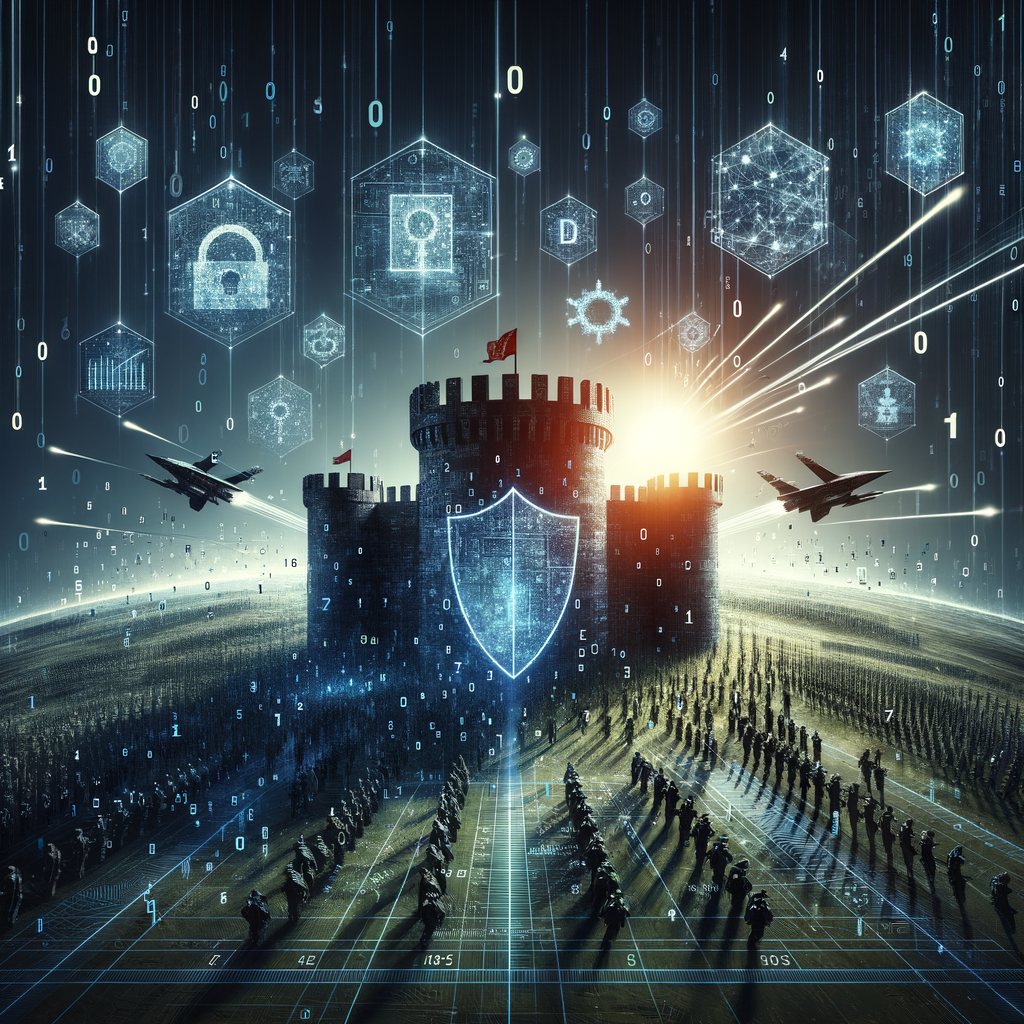A Growing Challenge: Addressing Cybersecurity Threats in the Defense Industry
Let’s face it—cybersecurity in the defense industry is no longer just an IT problem. It’s a matter of national security. As threats in cyberspace continue to evolve, the defense sector is facing new and increasingly sophisticated attacks. This is a challenge that affects everyone, from defense contractors to military personnel, and even the civilian workforce supporting defense operations.
If you’ve ever asked yourself, “How secure is my organization?” or “Are we ready for the next cyberattack?”—you’re not alone. These are questions on the minds of leaders across the industry, and rightfully so. In today’s digital ecosystem, where everything from classified information to weapon systems is connected, the stakes couldn’t be higher.
In this article, we’ll dive into some common questions surrounding cybersecurity in the defense industry, and more importantly, explore how we can adapt and thrive in this challenging environment.
What Are the Major Cybersecurity Threats in the Defense Industry?
Great question. The defense sector is a prime target for a variety of cyberattacks. These aren’t your run-of-the-mill phishing emails or social media scams. We’re talking about highly advanced threats that are often state-sponsored or orchestrated by organized crime groups.
Let’s break it down:
– Advanced Persistent Threats (APTs): These are long-term, targeted attacks that aim to steal sensitive information or disrupt operations. Attackers often gain access to a system and remain undetected for months, if not years.
– Ransomware: This is a type of malware that encrypts a company’s data and demands payment for its release. In the defense industry, this could mean holding critical military or intelligence information hostage.
– Supply Chain Attacks: These are indirect attacks where hackers infiltrate a company’s supply chain to compromise its cybersecurity. In a sector dependent on subcontractors and third-party vendors, this is a particularly worrisome threat.
– Insider Threats: Sometimes the danger comes from within. An employee or contractor may intentionally or unintentionally cause a data breach. When you’re dealing with classified information, even a small slip-up can have massive consequences.
One example of a serious supply chain attack occurred in 2020 with the SolarWinds breach. Hackers inserted malicious code into the company’s software updates, affecting thousands of organizations, including U.S. government agencies. Imagine if something like this had occurred in a critical defense system—catastrophic doesn’t even begin to describe it.
What About Cybersecurity Compliance? Why Is It Such a Big Deal?
This is one of those areas where you’ll often hear: “It’s not just a check-the-box exercise.” And it’s true. Compliance is a key pillar in maintaining robust cybersecurity, but it’s not just about adhering to a set of guidelines—it’s about building a culture of security.
For defense contractors, meeting cybersecurity requirements isn’t optional. You’ve got things like the Defense Federal Acquisition Regulation Supplement (DFARS) and the Cybersecurity Maturity Model Certification (CMMC) to worry about. These frameworks ensure that sensitive information is protected at both the government and contractor levels.
But here’s the kicker: compliance is constantly evolving. What was acceptable last year may not meet the new standards today.
Take the CMMC, for instance. This framework was rolled out to ensure defense contractors can adequately protect Controlled Unclassified Information (CUI). But its requirements continue to change, and companies that don’t stay up to date risk losing contracts or, worse, facing legal repercussions.
In short, compliance is a moving target, and it forces companies to keep their cybersecurity game sharp.
Can We Talk About Talent? Why Is It So Hard to Find Cybersecurity Experts?
Ah, the talent gap. If you’re in the defense industry, you’ve probably felt this pain. Finding qualified cybersecurity professionals can feel like searching for a needle in a haystack. And even if you do find them, retaining talent is another challenge altogether.
According to a 2021 report from (ISC)², the global cybersecurity workforce gap stood at 2.72 million professionals. The demand far exceeds the supply, and the defense industry is feeling it hard.
Why is this happening?
– Specialized Skillsets: The defense sector requires cybersecurity experts with very specific skill sets—things like knowledge of classified networks, experience with defense-grade encryption, and an understanding of military protocols.
– Security Clearances: It’s not enough to be skilled; cybersecurity professionals also need the appropriate security clearances, which can take months, if not years, to obtain.
– Competition from Private Sector: Tech giants like Google, Amazon, and Microsoft also have a high demand for cybersecurity professionals, and they can offer hefty salaries and perks that the defense sector struggles to match.
So what’s the solution? Many organizations are turning to cybersecurity partnerships and outsourcing to fill the gaps. By working with consultants who already have the necessary clearances and experience, companies can ensure they’re covered while they continue to develop their





